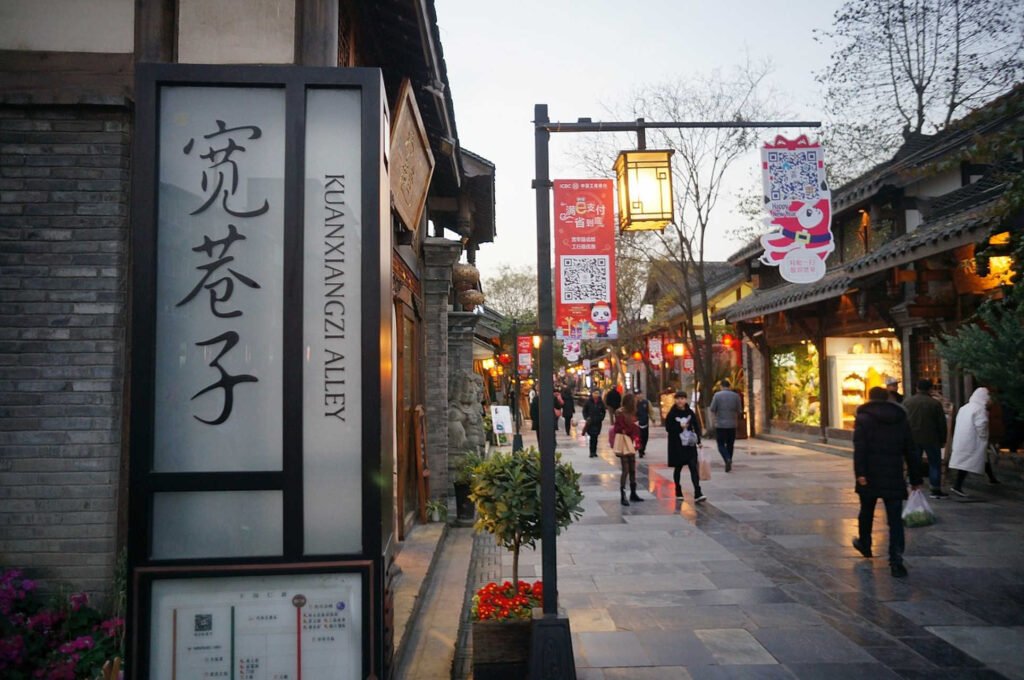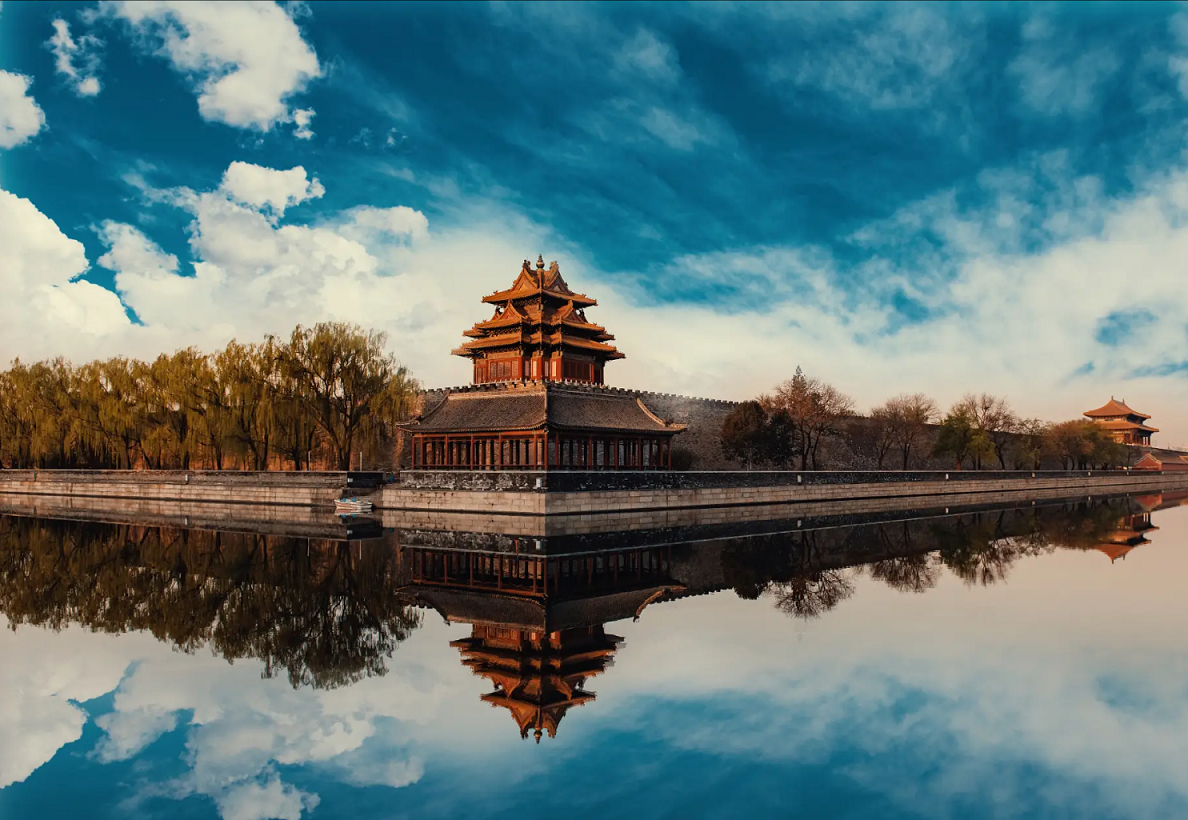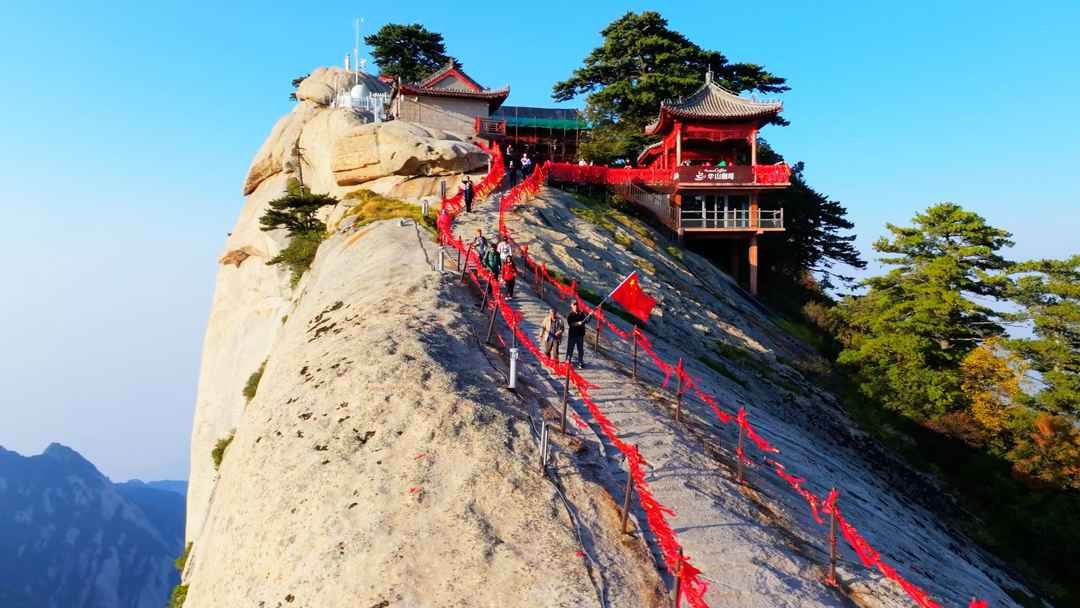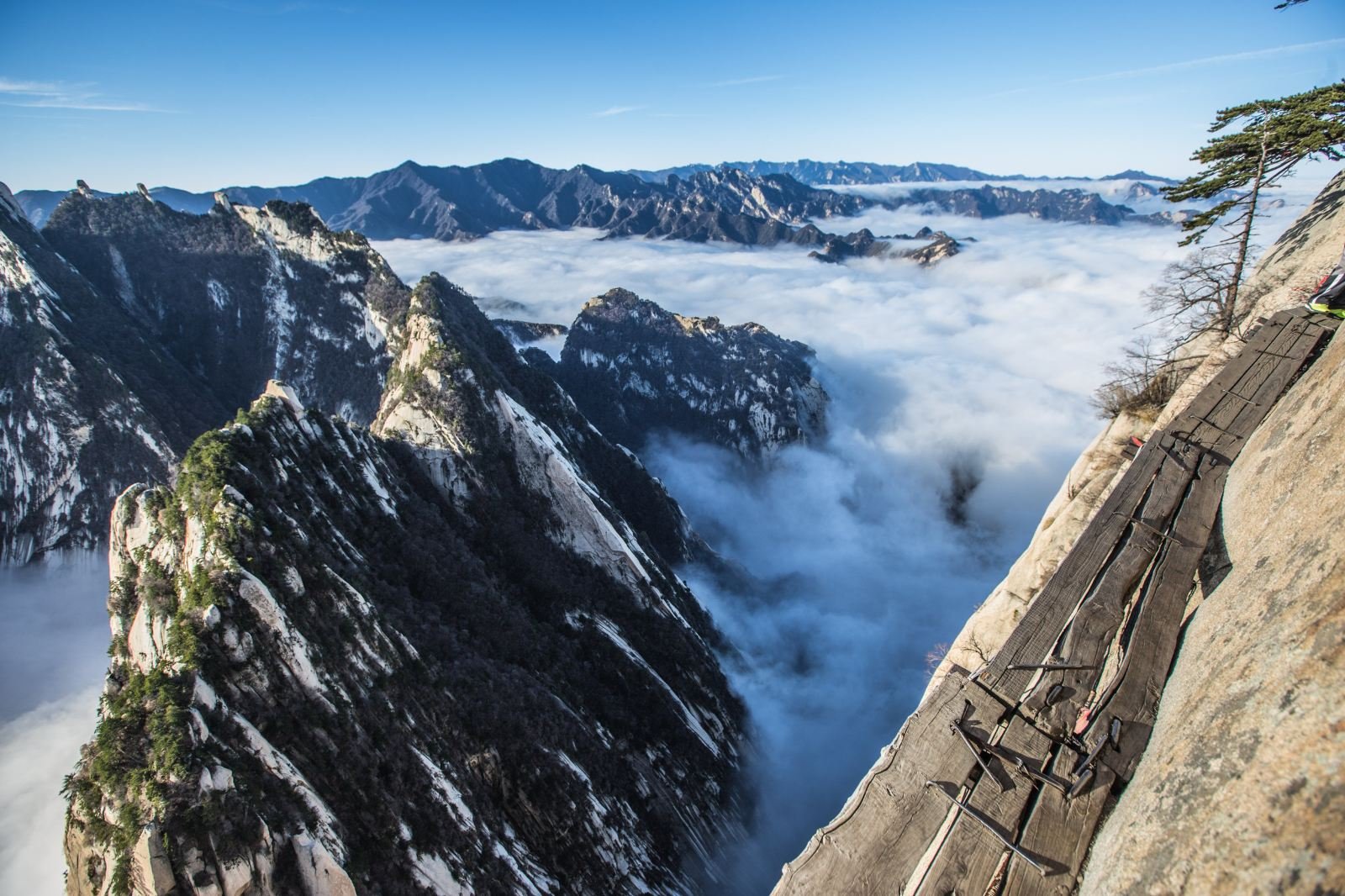Geographical location
Kuanzhai Alley is located in Qingyang District, Chengdu, Sichuan Province, China, close to Changshun Street. It consists of three parallel old streets: Kuanxiangzi, Zhaixiangzi and Jingxiangzi. It is about 2 kilometers away from Tianfu Square in the city center, and there are also scenic spots such as People’s Park and Jinsha Ruins around it.

Transportation
Subway: Take Line 4 to “Kuanzhai Alley Station”, and walk 2 minutes from Exit B.
Bus: Take Line 5, 13, 43, 58, 62 and other lines and get off at “Kuanzhai Alley” or “Jinhe Road” station.
Taxi/online car-hailing: Enter “Kuanzhai Alley East Square” as the destination, and be careful to avoid peak hours (such as 10:00-18:00 on holidays).
Walking/cycling: It is about a 15-minute walk from People’s Park or Tianfu Square, suitable for short-distance tourists.

History and Culture
Kuanzhai Alley was first built during the reign of Emperor Kangxi of the Qing Dynasty (1718) and was originally a residential area for the Eight Banners Army of Manchuria and Mongolia. The streets here were originally named “Xingren Alley” and “Taiping Alley”, and were later renamed due to the difference in street width. For more than 300 years, Kuanzhai Alley has preserved the courtyards and Western-style buildings with blue bricks and gray tiles, and is known as one of the “three major historical and cultural blocks in Chengdu”.
Architectural Features
Kuan Alley: Mainly composed of traditional western Sichuan dwellings, teahouses and time-honored shops are lined up, suitable for experiencing the slow life of old Chengdu.
Zhai Alley: Integrating Western architectural styles, it mainly features Western restaurants, cafes and art spaces, suitable for taking photos and checking in.
Jing Alley: There is a 500-meter-long “brick cultural wall” that uses old bricks to show the historical stories of Chengdu, suitable for understanding urban changes.
Experience recommendation
Drink tea and listen to opera: Order a cup of tea in the old teahouse in Kuanxiang, and watch Sichuan opera face-changing or shadow play.
Food check-in: Try local snacks such as “Zhong Dumplings” and “Long Chao Shou”, or go to the “Chengdu Impression” restaurant to taste Sichuan cuisine.
Cultural exhibition: Visit Sanlian Taofen Bookstore or “Jixia Luban Workshop” in the narrow alley to experience the combination of traditional handicrafts and modern design.
Feature summary
Integration of history and modernity: There are both ancient buildings from the Qing Dynasty and modern formats such as Starbucks and cultural and creative stores.
Free opening: No tickets are required, you can visit all day, and the alley under the lights at night is more atmospheric.
Slow life concept: The leisurely culture of Chengdu people “drinking tea and chatting” is fully reflected here.
International friendliness: English signs are complete, and some shops provide bilingual services, which is suitable for foreign tourists.
Practical tips:
Avoid Chinese holidays (such as National Day and Spring Festival), there are fewer tourists on weekdays.
Wear comfortable shoes, there are many stone roads and courtyard steps.
If you want to experience it in depth, you can join the local guide’s explanation (about 2 hours)























